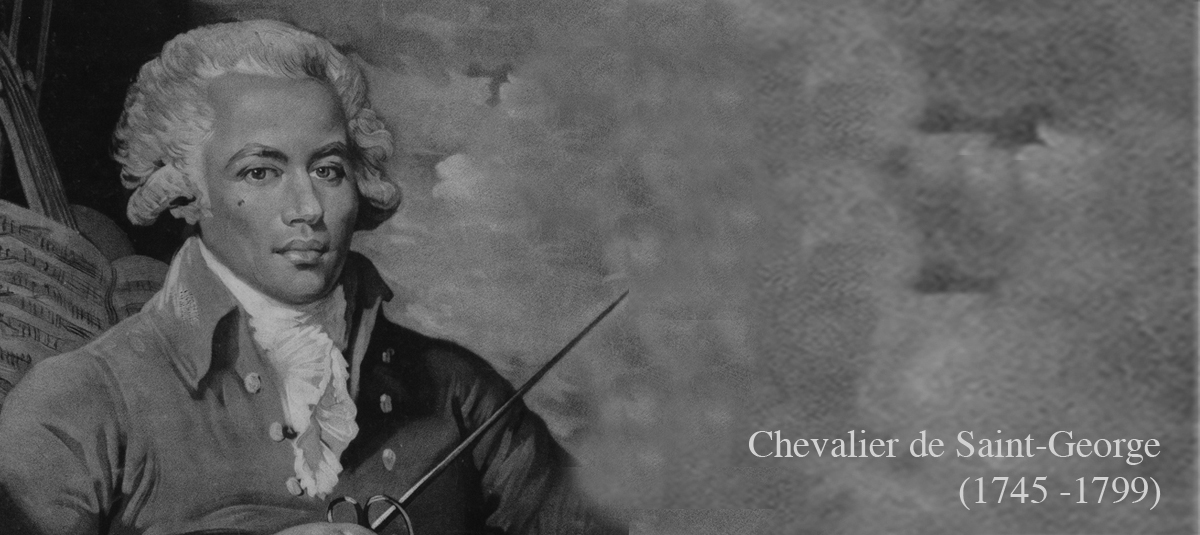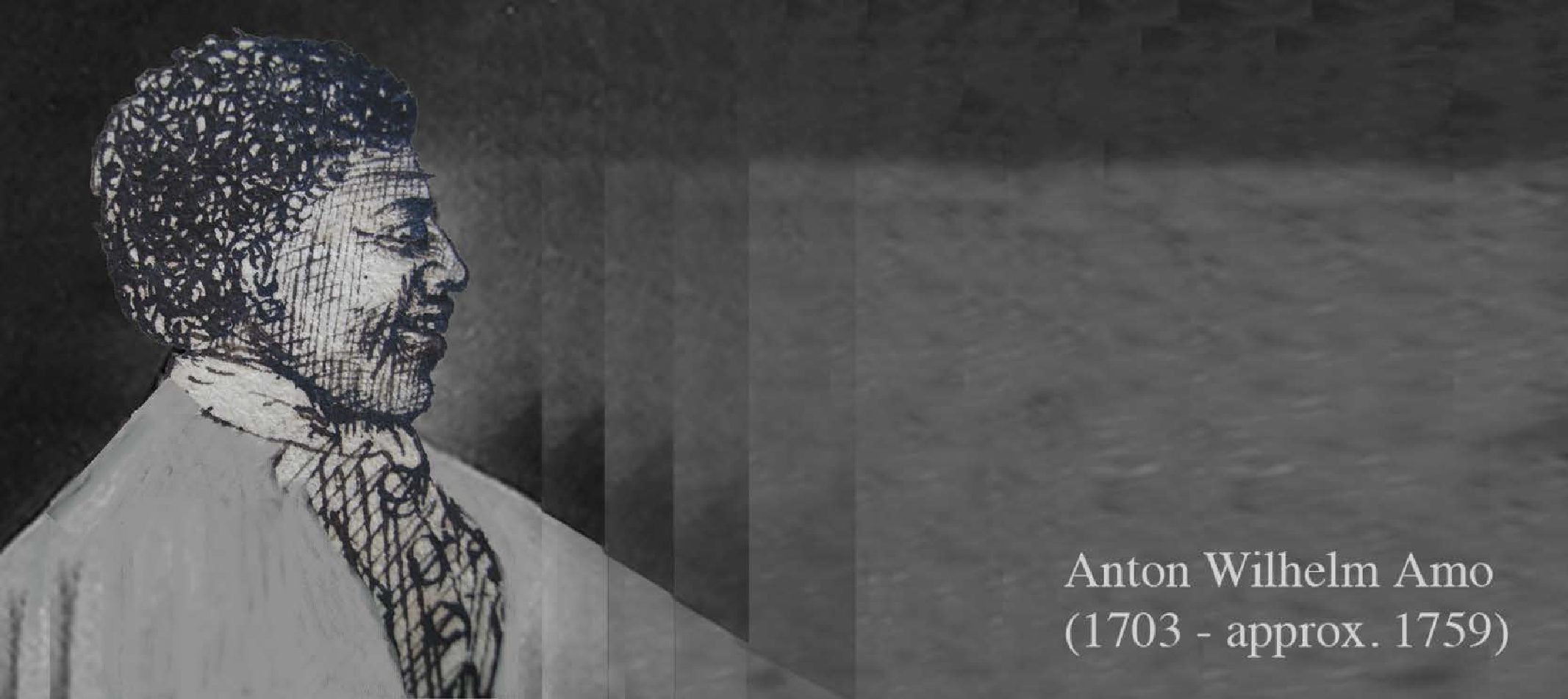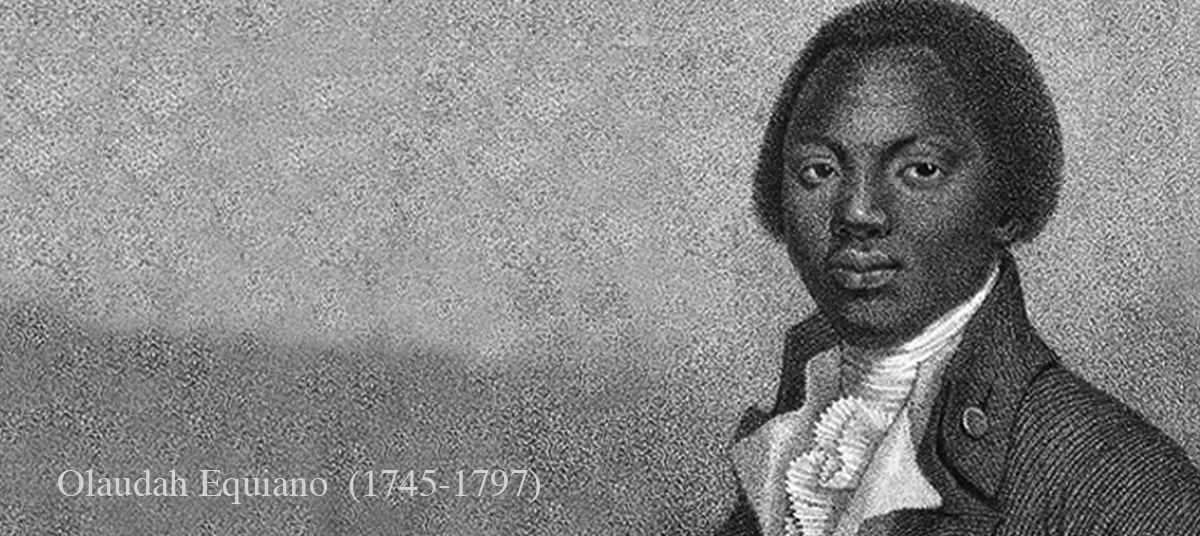
Insufficient biased gene transformation resolve favoring G/C nucleotides into the D. melanogaster
In a few species, gene transformation mismatch resolve has been recommended to-be biased, favoring Grams and C nucleotides – and you will predicting an optimistic relationship between recombination cost (sensu volume out-of heteroduplex formation) together with Grams+C posts from noncoding DNA ,
The analysis of the distribution of ? along chromosomes at the 100-kb scale reveals a more uniform distribution than that of CO (c) rates, with no reduction near telomeres or centromeres (Figure 5). More than 80% of 100-kb windows show ? within a 2-fold range, a percentage that contrasts with the distribution of CO where only 26.3% of 100-kb windows along chromosomes show c within a 2-fold range of the chromosome average. To test specifically whether the distribution of CO events is more variable across the genome that either GC or the combination of GC and CO events (i.e., number of DSBs), we estimated the coefficient of variation (CV) along chromosomes for each of the three parameters for different window sizes and chromosome arms. In all cases (window size and chromosome arm), the CV for CO is much greater (more than 2-fold) than that for either GC or DSBs (CO+GC), while the CV for DSBs is only marginally greater than that for GC: for 100-kb windows, the average CV per chromosome arm for CO, GC and DSBs is 0.90, 0.37 and 0.38, respectively. Nevertheless, we can also rule out the possibility that the distribution of GC events or DSBs are completely random, with significant heterogeneity along each chromosome (P<0.0001 at all physical scales analyzed, from 100 kb to 10 Mb; see Materials and Methods for details). Not surprisingly due to the excess of GC over CO events, GC is a much better predictor of the total number of DSBs or total recombination events across the genome than CO rates, with semi-partial correlations of 0.96 for GC and 0.38 for CO to explain the overall variance in DSBs (not taking into account the fourth chromosome).
DSB resolution requires the development from heteroduplex sequences (for CO or GC occurrences; Figure S1). These types of heteroduplex sequences can be incorporate Good(T):C(G) mismatches which can be repaired at random otherwise favoring certain nucleotides. From inside upforit the Drosophila, there’s no direct fresh research help Grams+C biased gene transformation fix and you can evolutionary analyses has actually provided inconsistent show while using the CO rates as the a beneficial proxy to own heteroduplex development (– but select , ). Notice yet not you to definitely GC situations much more frequent than CO events inside the Drosophila and also in almost every other organisms , , , and that GC (?) costs is going to be even more related than just CO (c) pricing whenever examining the brand new it is possible to consequences off heteroduplex repair.
Our very own research inform you no connection of ? which have Grams+C nucleotide structure from the intergenic sequences (Roentgen = +0.036, P>0.20) or introns (R = ?0.041, P>0.16). A comparable diminished association is observed when G+C nucleotide structure are than the c (P>0.25 for intergenic sequences and introns). We discover thus zero evidence of gene transformation prejudice favoring G and you can C nucleotides in the D. melanogaster based on nucleotide constitution. The reason why for most of your prior show you to definitely inferred gene transformation bias on Grams and C nucleotides inside the Drosophila tends to be several and include the usage of simple CO maps as well once the unfinished genome annotation. Just like the gene thickness when you look at the D. melanogaster is higher for the countries which have non-shorter CO , , the many recently annotated transcribed nations and you may Grams+C steeped exons , , was in the past reviewed due to the fact basic sequences, particularly in this type of genomic places which have low-shorter CO.
The newest design from recombination during the Drosophila
To discover DNA motifs associated with recombination events (CO or GC), we focused on 1,909 CO and 3,701 GC events delimited by five hundred bp or less (CO500 and GC500, respectively). Our D. melanogaster data reveal many motifs significantly enriched in sequences surrounding recombination events (18 and 10 motifs for CO and GC, respectively) (Figure 6 and Figure 7). Individually, the motifs surrounding CO events (MCO) are present in 6.8 to 43.2% of CO500 sequences, while motifs surrounding GC events (MGC) are present in 7.8 to 27.6% of GC500 sequences. Note that 97.7% of all CO500 sequences contain at least one MCO motif and 85.0% of GC500 sequences contain one or more MGC motif (Figure S4).


